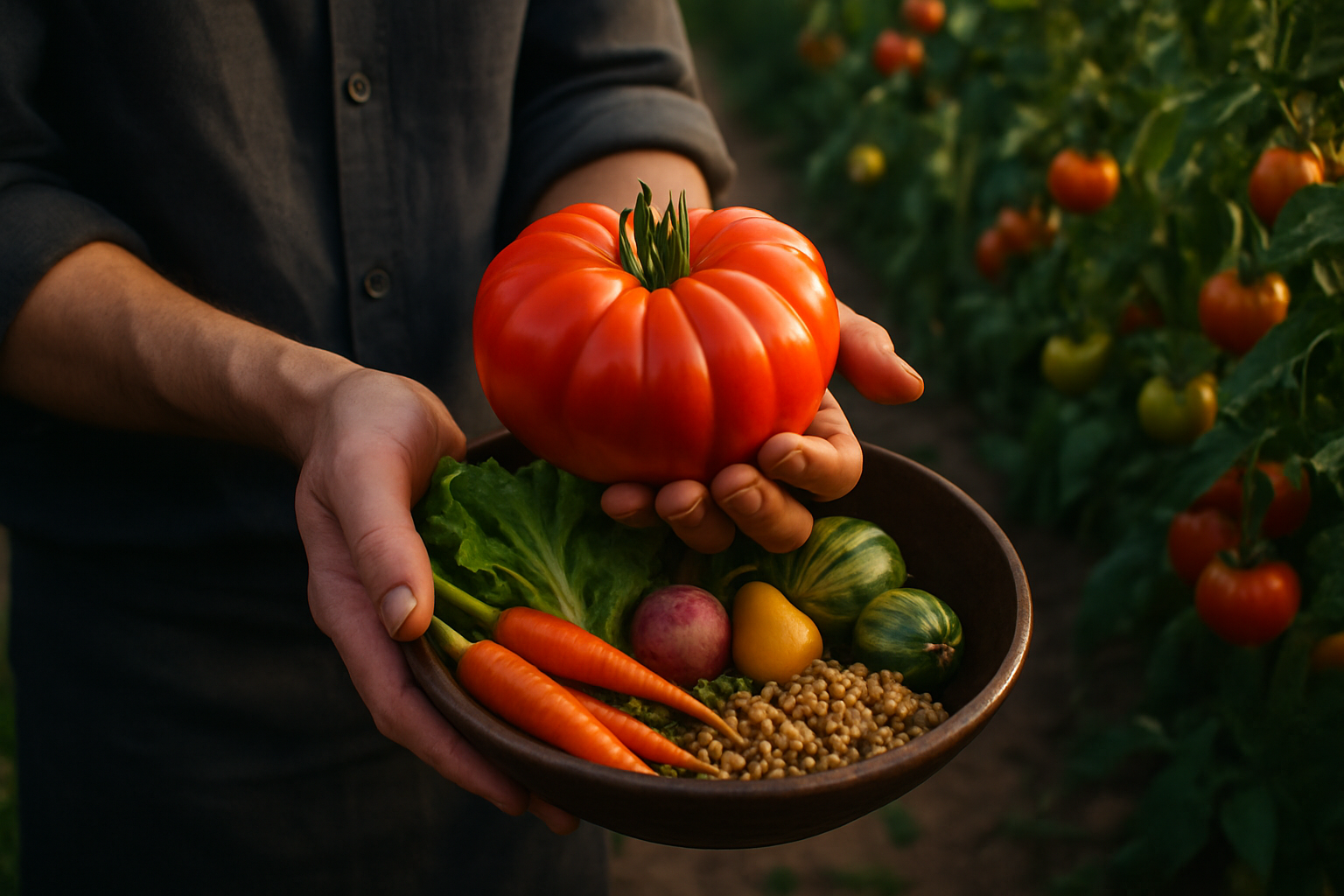The Resurgence of Heirloom Ingredients: A Deeper Exploration
With a growing interest in sustainability and the farm-to-table movement, heirloom ingredients are making a significant comeback in the culinary world. This article takes you on a journey to discover the uniqueness of these old-world wonders, and how they're influencing today's food scene.

An Intro to Heirloom Ingredients
Heirloom ingredients are varieties of fruits, vegetables, and grains that are passed down through generations, prized for their superior flavor, nutritional content, and adaptability to local growing conditions. Unlike commercial breeds, which are often bred for shelf stability and uniformity, heirlooms are preserved for their distinctive characteristics and rich history.
The Heirloom Advantage
One of the significant advantages of heirloom ingredients is their superior taste. Whether it’s the juicy, tangy flavor of an heirloom tomato or the earthy, nutty taste of an ancient grain, heirloom varieties offer a depth of flavor that’s often lost in mass-produced crops. Plus, their diverse range of colors, shapes, and sizes adds a unique visual appeal to dishes.
Heirlooms in Modern Cuisine
Chefs worldwide are embracing heirloom ingredients, incorporating them into their menus to create innovative dishes that celebrate these ingredients’ unique flavors and histories. From rustic heirloom bean salads to decadent heirloom potato gratins, these ingredients are taking center stage in restaurant kitchens.
The Sustainability Factor
Heirloom ingredients also play a crucial role in promoting biodiversity and sustainable farming. By preserving these traditional varieties, we can maintain genetic diversity in our food supply and help small-scale farmers thrive in an increasingly industrialized agricultural system.
Growing Your Own Heirlooms
One of the joys of heirloom ingredients is growing them yourself. Many seed companies sell heirloom seeds, enabling you to cultivate your own heirloom fruits, vegetables, and grains. Not only can this be a rewarding hobby, but it also allows you to experience the superior flavors and unique characteristics of these varieties firsthand.
Tips and Facts about Heirloom Ingredients
-
Heirloom seeds are often open-pollinated, meaning they’re pollinated by insects, birds, wind, or other natural means.
-
Many heirloom vegetables have a shorter shelf life than their commercial counterparts, so it’s best to use them soon after harvesting.
-
Heirloom grains, such as farro and quinoa, can add a unique twist to salads, soups, and side dishes.
-
Heirloom tomatoes are often considered the gold standard of flavor among tomato enthusiasts.
As we conclude, it’s clear that heirloom ingredients offer a multitude of benefits, from superior flavor and aesthetic appeal to promoting biodiversity and sustainability. By incorporating these old-world wonders into our cooking, we can celebrate our culinary heritage while enjoying some of the most delicious and nutritious food nature has to offer. So next time you’re at the farmer’s market or planning your home garden, why not give heirloom ingredients a try?





